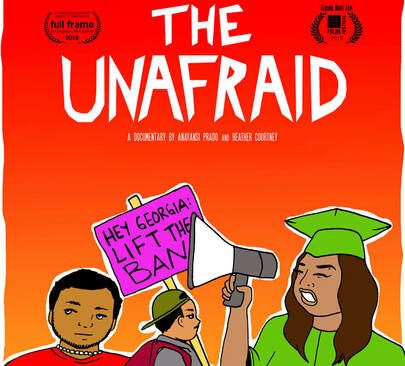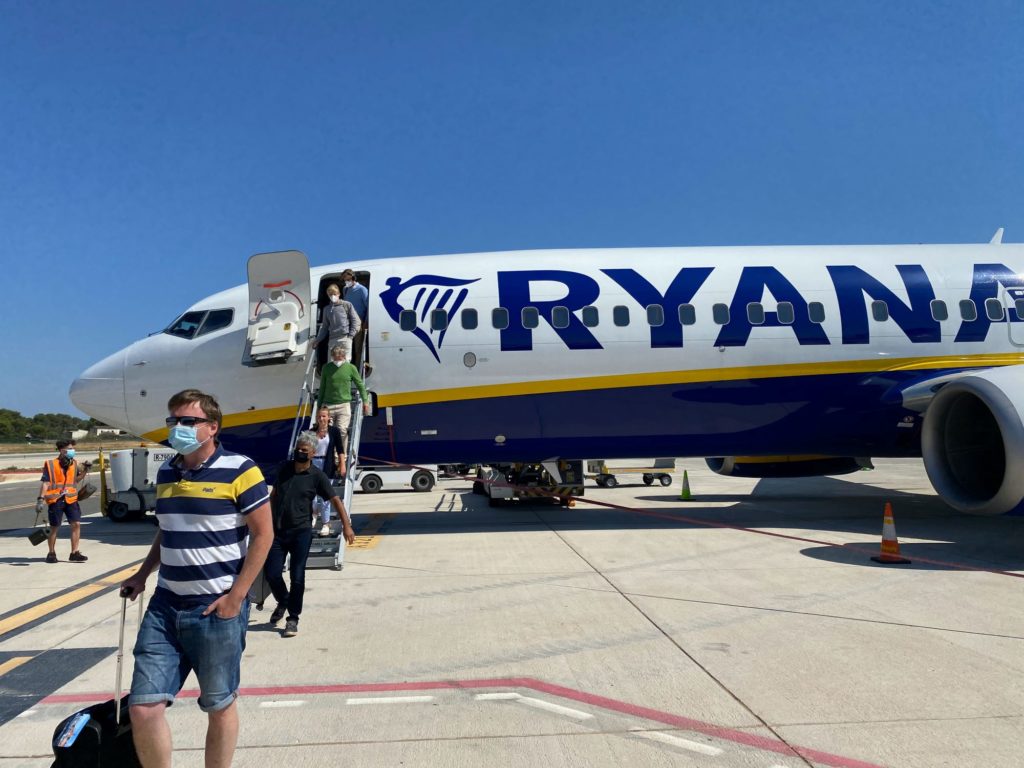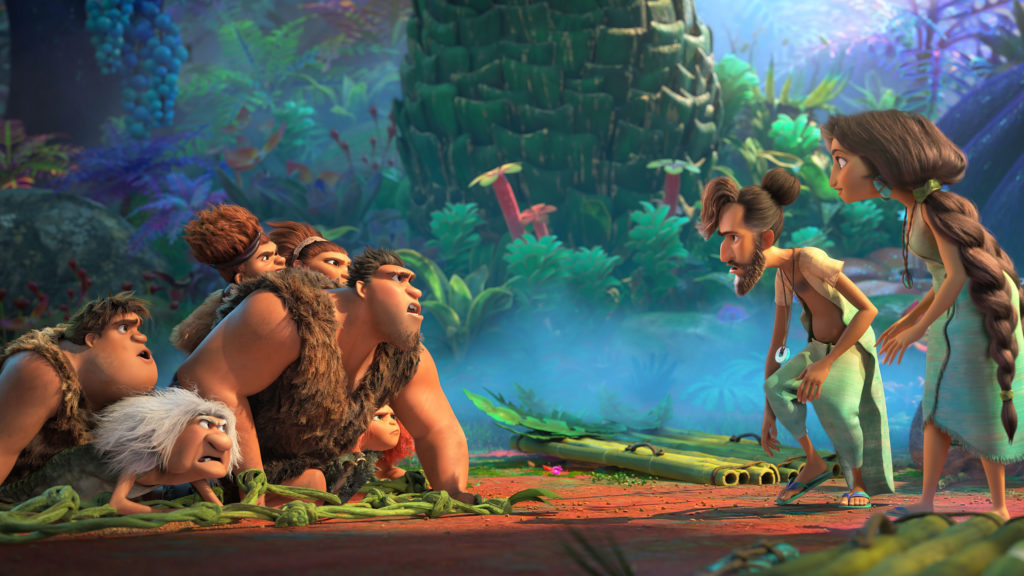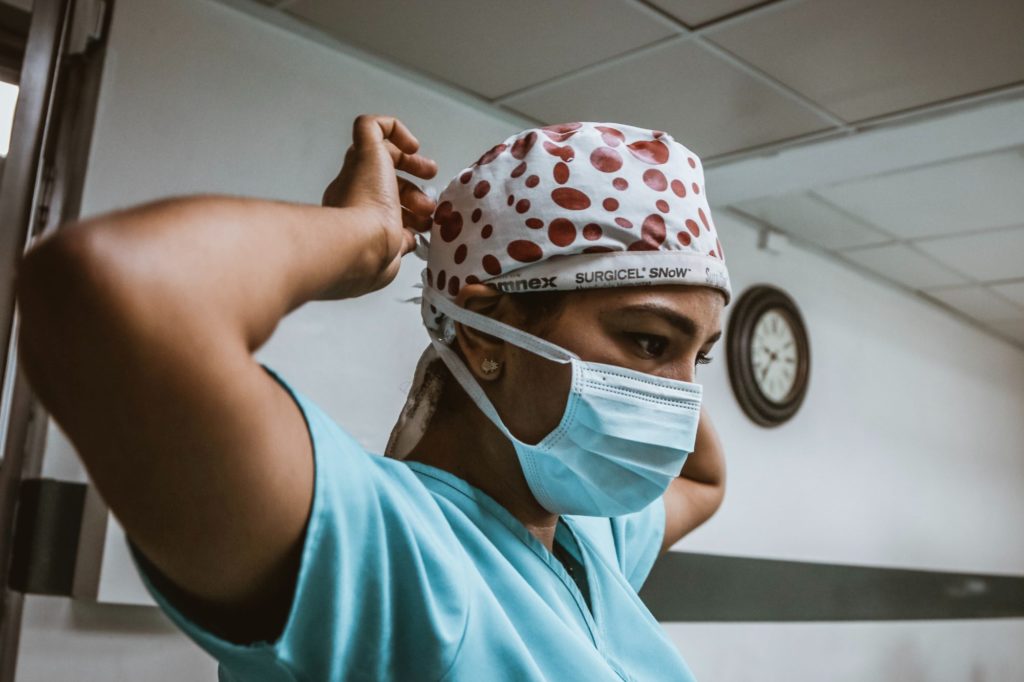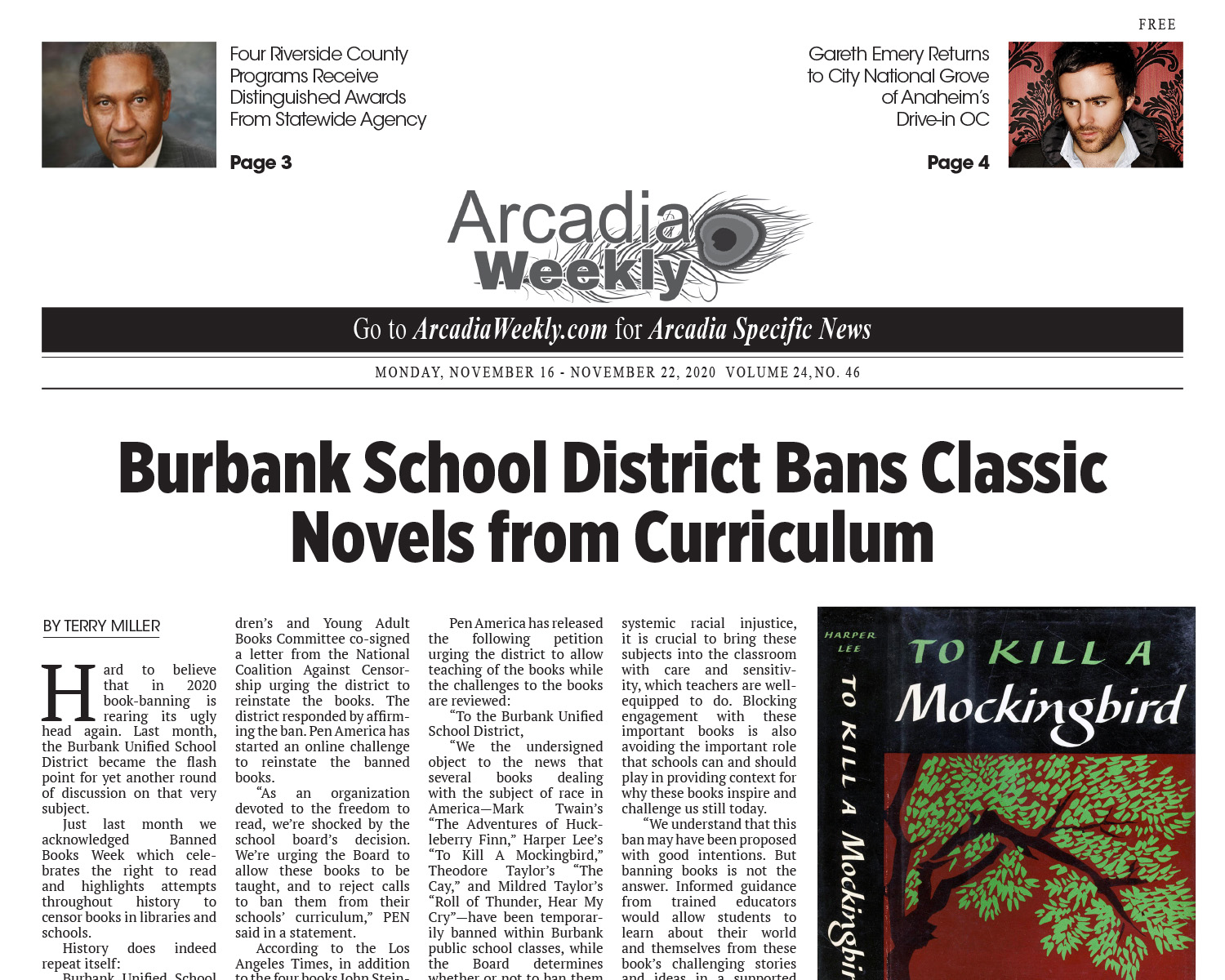
By Destiny Torres
Imagine spending your young years attending your local public schools from kindergarten to high school. Graduation day arrives and you’re amongst your friends while your parents fail to hold back their tears as they cheer for you in the bleachers.
Over the summer, your former classmates are preparing to attend their choice of college in the fall. Although you worked hard in your high school years, the state you grew up in, the state that you grew to love and call home, decided it didn’t want you in its universities because you are undocumented.
Undocumented. The word that has stamped out your accomplishments and everything else that makes you a person as worthy as the next.
The documentary “The Unafraid” (2018) follows the lives of three DACA students, Alejandro (also referred to as “Cheesecake”), Aldo and Silvia, in Georgia who have been barred from higher education within the state.
In 2010, Georgia passed policies banning undocumented students from attending their top public universities and disqualifying them from in-state tuition rates at the other public colleges. It is one of three states in the U.S. to segregate higher education in this way.
In a Zoom interview, the directors, Anayansi Prado and Heather Courtney, said they heard about this issue and understood the need to tell this story honestly.
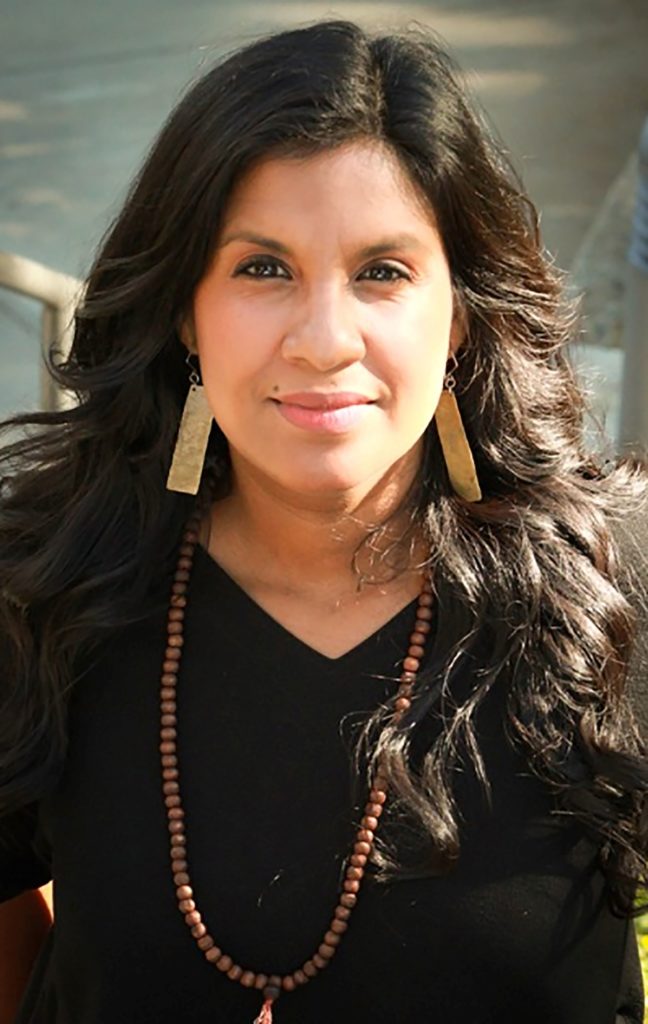
Prado was born in Panama and came to the United States as a teenager. She has been making films for over 20 years, debuting her first documentary, “Maid in America,” in 2005. Her body of work focuses on the immigrant experience.
Her original plan when attending Boston University was to focus on broadcast journalism. Prado recalls sitting in one of her first communications classes where she learned about filmmaking for the first time.
“I was taking a communications 101 class where we went over all the different aspects of communication … and we got to the film part and I fell in love with it,” Prado said. “I specifically remember watching [Federico] Fellini’s ‘8 ½’ and marching to my advisor’s office that same day so I could tell him that I wanted to change my major to film.”
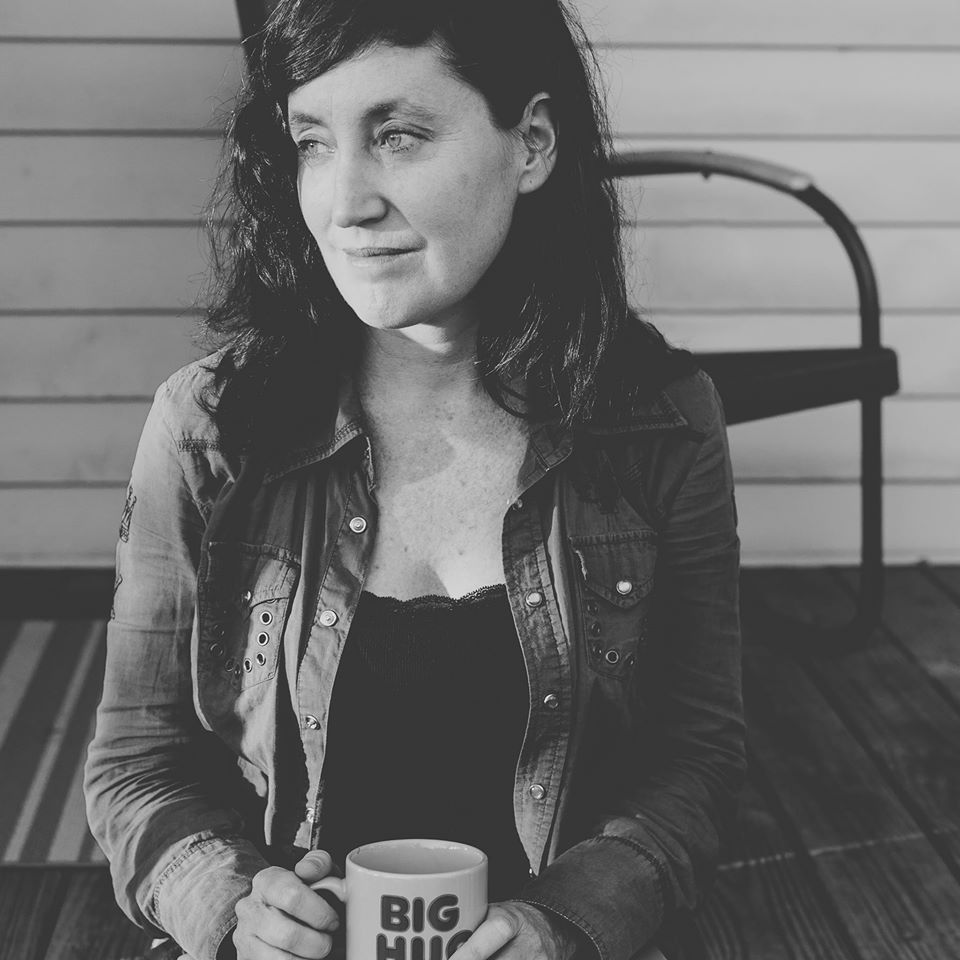
Courtney, who has been a film creator for about 20 years, covers a variety of topics in her work including immigration, veterans and undocumented students. While earning a Master of Fine Arts in film production at the University of Texas, Courtney completed her first documentary about immigrant day laborers called “Los Trabajadores.”
After she graduated from college, Courtney worked for several refugee and immigrant rights organizations. She ended up working in a refugee camp in Africa after the Rwandan genocide.
“It was that experience, working in the refugee camps, that made me realize that there were so many stories to be told and so many voices that are never heard,” Courtney explained. “I had taken photographs for part of my job, but I realized I wanted to do more and start to tell stories through film.”
Prado and Courtney met in 2003 while documenting the “Immigrant Workers’ Freedom Ride.” They kept in touch over the years, and in 2013 they discussed a project for dreamers.
“It was such an amazing experience working on that together, and we always thought we would work on something together again,” Courtney said.
Inspiration hit for the two when Prado learned about Freedom University, a group based in Atlanta that helps undocumented youth prepare for higher education through tuition-free college-prep courses, scholarship assistance and social movement leadership development. The group formed in 2011 in response to Georgia implementing policies against undocumented students.
Prado and Courtney’s original idea was to create a project that told the stories of dreamers from different parts of the country, including Georgia.
“After our first day of shooting at a class at Freedom University, we decided that it was a much bigger story that deserved to be the entire film,” Prado said. “We crossed out that idea of doing different parts of the country, and I think it was the right choice.”
She says seeing the emerging movement there is what made them realize how urgently this story needed to be documented.
“More than anything, it was really seeing the level of discrimination that was going on in Georgia in regards to access to higher education for undocumented students and how extreme it was,” Prado continued. “There’s kids who had gone through the whole Georgia school system from kindergarten to graduating who couldn’t go to a top public school or if they went to a community college, they had to pay international fees.”
Courtney added that some students didn’t know that college wasn’t an option for them until after they had graduated.
“We met Cheesecake and Silvia that very first trip and they were both so amazing and open, and willing to talk about everything,” Courtney said. “I remember learning so much just from talking to those two, so it was a no-brainer to go for it.”
Documentaries take some planning, but Courtney and Prado explained that throughout their process there were also unexpected things that needed to be recorded when they weren’t in the state.
“Some of the best moments in a documentary are totally unplanned, and really half the battle is being there,” Courtney said.
In addition to that, Prado said that part of the planning was being in constant communication with their associate producer and subjects in Georgia to always be in the loop when they couldn’t be there physically.
“We were strategic about having a crew, or at least a couple of camera people in Georgia, we could call on that can go on a shoot with our associate producer and capture whatever needed to be captured,” Prado explained.
They started filming in November of 2013, and the film was mostly complete by 2016. However, after Donald Trump was elected president, Prado and Courtney felt it was necessary to go back to Georgia to film some more.
“Over halfway through the film is when Trump started to campaign and then got elected president, so that played a major role in how we view the stories as the vulnerability of the subjects increased,” Prado said. “That shift was significant for us. We started the film in one set of values and outlooks of the U.S. and ended in a totally different one.”
Despite their setbacks and obstacles, the filmmakers say the students in the film persist in their efforts to attain a college education.
With “The Unafraid,” Prado and Courtney created a riveting film that is emotional, raw and honest. Their work has been showcased in several festivals and screened across college campuses. The film has aired on PBS but is distributed educationally through Good Docs.

